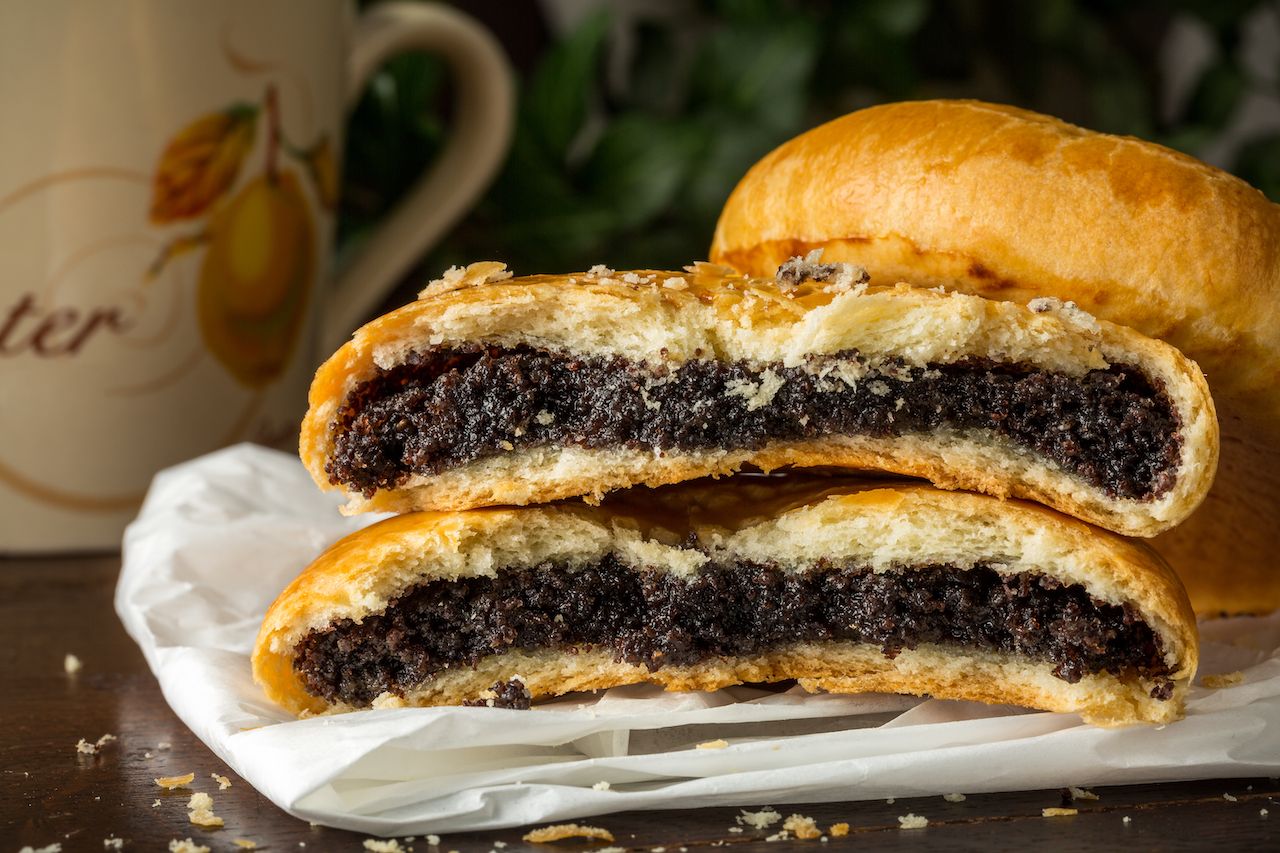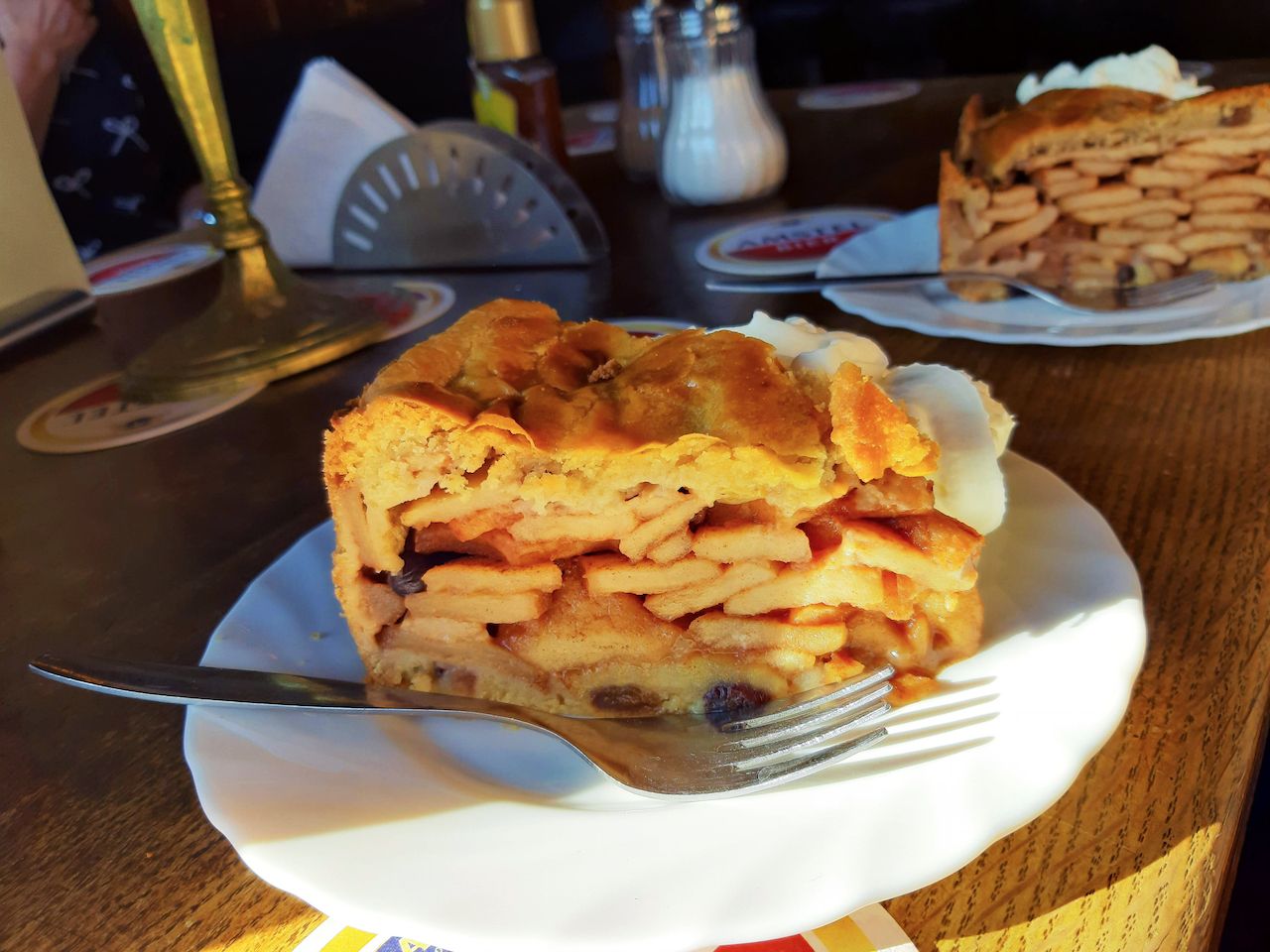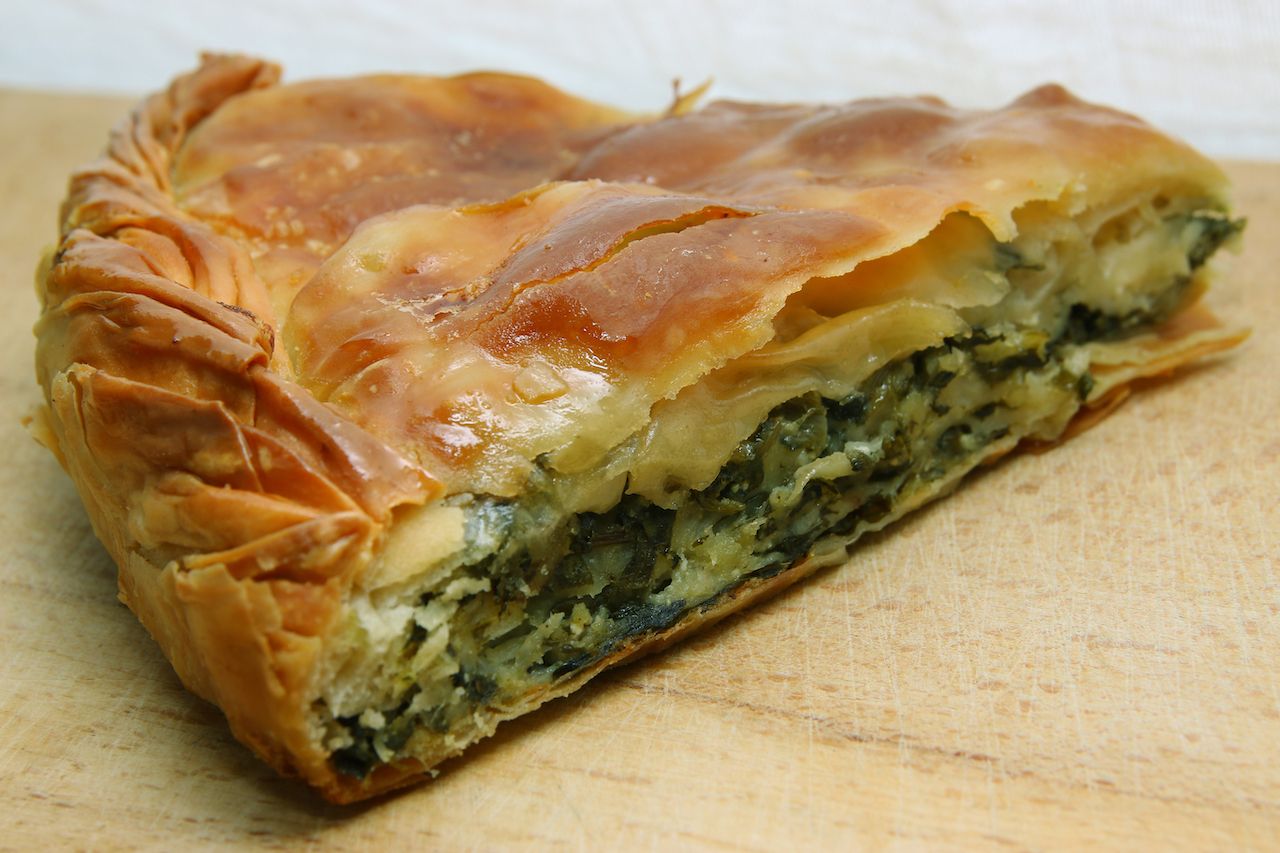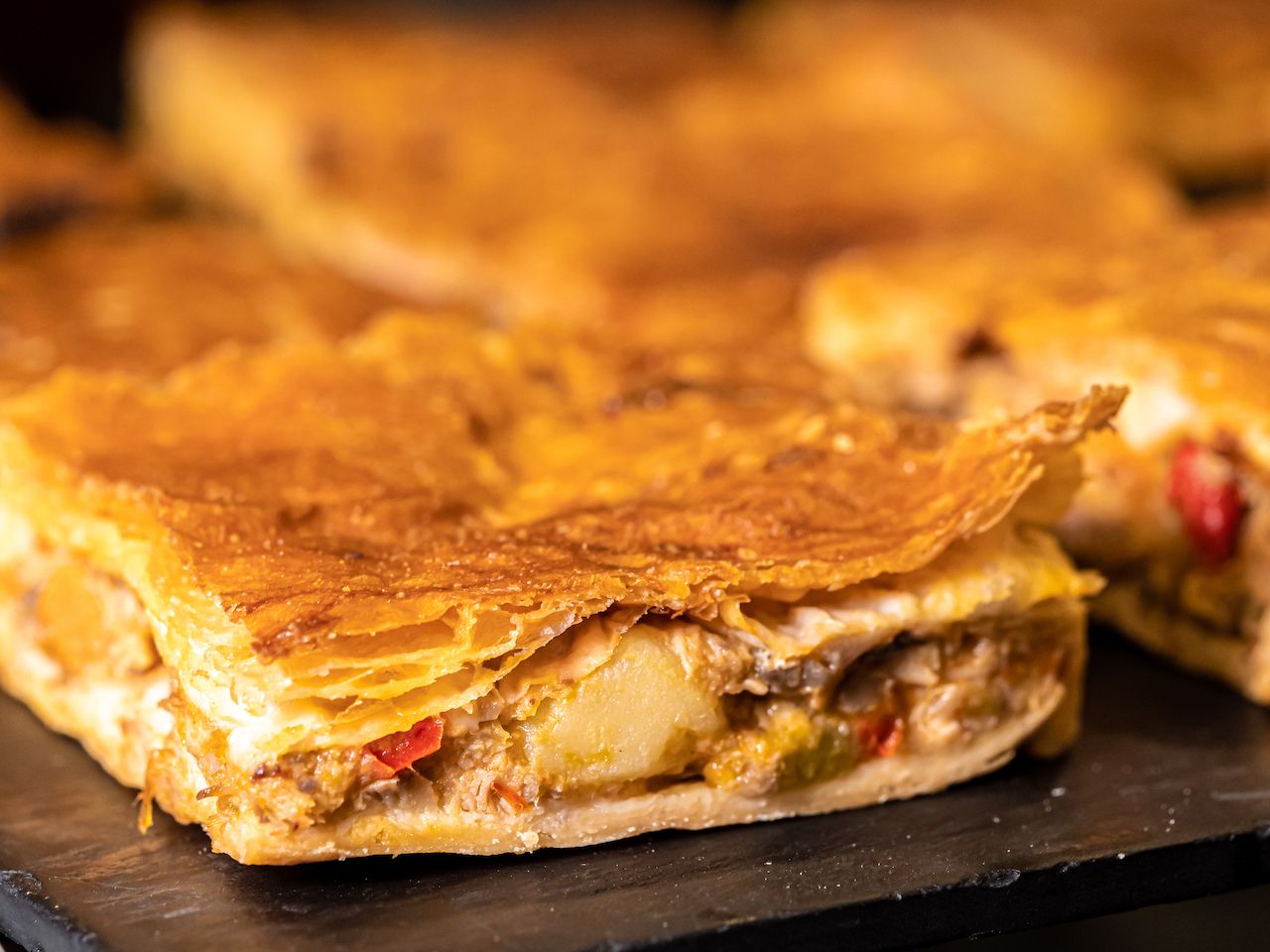Americans often think of pie as a sweet treat. Some of the most vivid pie memories include diving into a thick slice of pumpkin pie on Thanksgiving or devouring the last remnants of apple pie on the Fourth of July. But pie is far from a sweet American dish. In fact, it really isn’t that American at all. Countries across the world, especially across Europe, have their own unique (and ancient) pie recipes that come in all shapes and sizes. Some are sweet; many are savory and filled with cheese and potatoes. All are worth a try on your travels.
Keep an eye out for these eight popular pies and tarts from around Europe.








